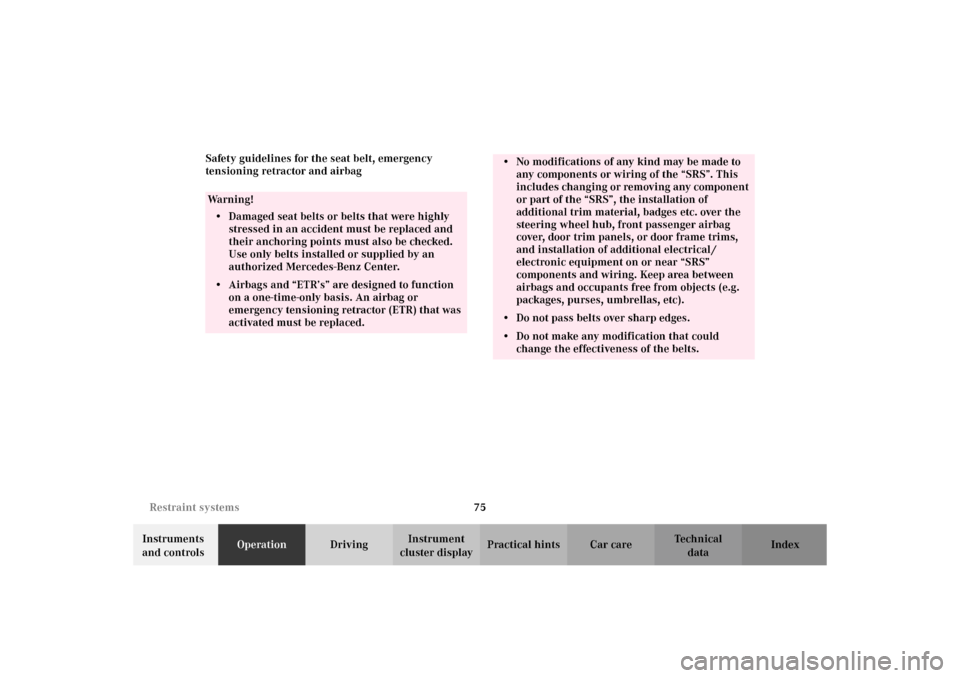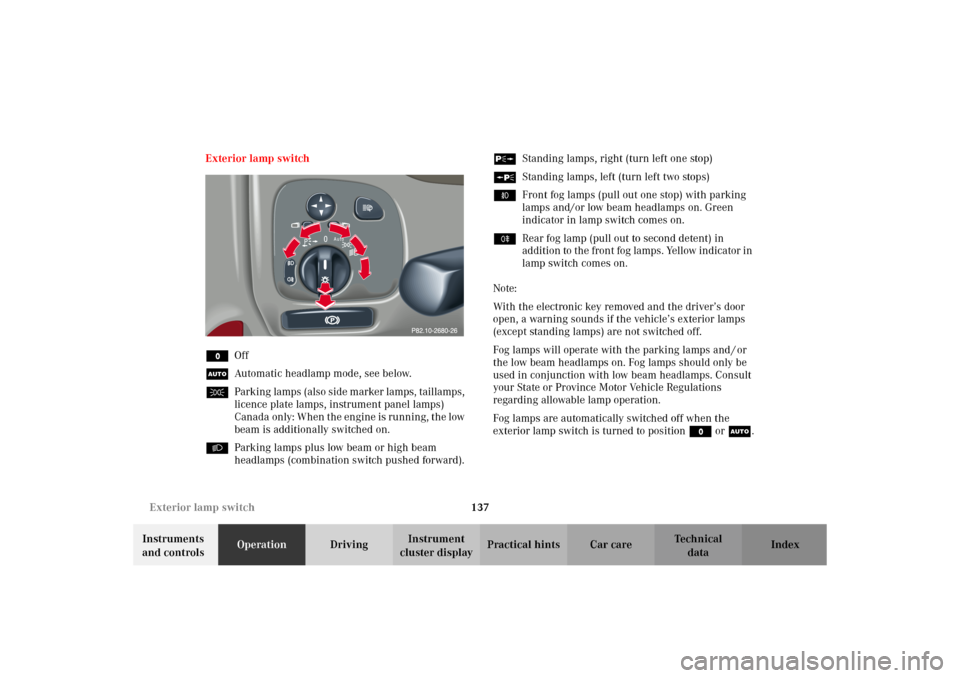Page 4 of 390

1 Contents
IntroductionProduct information .......................... 7
Operator’s manual ............................. 8
Where to find it ................................ 13
Reporting Safety Defects ................ 15Instruments and controlsInstruments and controls ............... 18
Door control panel ....................... 20
Overhead control panel ............... 21
Dashboard ..................................... 22
Center console .............................. 24OperationVehicle keys ...................................... 28
Start lock-out .................................... 30
General notes on the
central locking system ............... 30
Central locking system ................... 31
Radio frequency and
infrared remote control ............... 31
Locking and unlocking ................ 33Choosing global or selective
mode on remote control ............. 33
Opening and closing windows
and sliding / pop-up roof
from outside ................................. 34
Panic button ................................. 35
Mechanical keys .......................... 35
Doors ................................................. 36
Central locking switch .................... 38
Automatic central locking .............. 39
Emergency unlocking
in case of accident ...................... 39
Tailgate .............................................. 40
Opening the tailgate .................... 40
Emergency unlocking
the tailgate .....................................41
Closing the tailgate ..................... 42
Antitheft alarm system ................... 43
Tow-away alarm ............................... 44
Easy-entry/exit feature .................. 45
Front seat adjustment ..................... 46
Removal and installation of
front seat head restraints .......... 50
Multicontour seat .............................51Heated seats ..................................... 52
Rear seat head restraints ................ 53
Seat belts and integrated
restraint system .......................... 56
Seat belts ........................................... 56
Seat belt nonusage
warning system ........................... 57
BabySmart
TM airbag
deactivation system .................... 64
Supplemental Restraint
System (SRS) ............................... 65
Emergency tensioning
retractor (ETR) ............................. 66
Airbags .............................................. 67
Safety guidelines for the seat
belt, emergency tensioning
retractor and airbag .................... 75
Infant and child
restraint systems ......................... 77
Steering wheel adjustment
(electrical) .................................... 83
Rear view mirrors ............................ 84
Instrument cluster ........................... 92
Multifunction steering wheel,
multifunction display ................. 96
S203.book Seite 1 Freitag, 19. Oktober 2001 1:25 13
Page 20 of 390
17 Contents - Instruments and controls
Te ch n i c a l
data Instruments
and controlsOperation DrivingInstrument
cluster displayPractical hints Car care Index
Instruments and controlsInstruments and controls ............... 18
Door control panel ....................... 20
Overhead control panel ............... 21
Dashboard ..................................... 22
Center console .............................. 24
S203.book Seite 17 Freitag, 19. Oktober 2001 1:25 13
Page 22 of 390
19 Instruments and controls
Te ch n i c a l
data Instruments
and controlsOperation DrivingInstrument
cluster displayPractical hints Car care Index 1Door control panel, see page 20
2Overhead control panel, see page 213Dashboard, see page 22
4Center console, see page 24
S203.book Seite 19 Freitag, 19. Oktober 2001 1:25 13
Page 23 of 390
20 Instruments and controls
Te ch n i c a l
data Instruments
and controlsOperation DrivingInstrument
cluster displayPractical hints Car care Index
Door control panel1Door handle, pull to open, see page 36
2Memory function (for storing seat, steering wheel
and exterior rear view mirror settings), see page 89
3Front seat adjustment switch, see page 46
4Steering wheel adjustment switch, see page 83
5Power window switch, see page 185
6Switch for rear door window override, see page 185
and 187
S203.book Seite 20 Freitag, 19. Oktober 2001 1:25 13
Page 24 of 390
21 Instruments and controls
Te ch n i c a l
data Instruments
and controlsOperation DrivingInstrument
cluster displayPractical hints Car care Index Overhead control panel1Interior lighting, see page 191
2Tele Aid cover (emergency call system), see
page 228
3Sliding / pop-up roof, see page 188
4Hands-free microphone for Tele Aid and optional
telephone with voice recognition system
5Rear view mirror, see page 84
6Garage door opener, see page 221
S203.book Seite 21 Freitag, 19. Oktober 2001 1:25 13
Page 65 of 390

62 Restraint systems
Te ch n i c a l
data Instruments
and controlsOperationDrivingInstrument
cluster displayPractical hints Car care Index
• Never wear the shoulder belt under your arm,
against your neck or off your shoulder. In a
crash, your body would move too far forward.
That would increase the chance of head and
neck injuries. The belt would also apply too
much force to the ribs or abdomen, which
could severely injure internal organs such as
your liver or spleen.• Never wear belts over rigid or breakable
objects in or on your clothing, such as
eyeglasses, pens, keys etc., as these might
cause injuries.• Position the lap belt as low as possible on your
hips and not across the abdomen. If the belt is
positioned across your abdomen, it could cause
serious injuries in a crash.• Each seat belt should never be used for more
than one person at a time. Do not fasten a seat
belt around a person and another person or
other objects.• Belts should not be worn twisted. In a crash,
you wouldn’t have the full width of the belt to
manage impact forces. The twisted belt against
your body could cause injuries.
• Pregnant women should also use a lap-
shoulder belt. The lap belt portion should be
positioned as low as possible on the hips to
avoid any possible pressure on the abdomen.• Never place your feet on the instrument panel
or on the seat. Always keep both feet on the
floor in front of the seat.
S203.book Seite 62 Freitag, 19. Oktober 2001 1:25 13
Page 78 of 390

75 Restraint systems
Te ch n i c a l
data Instruments
and controlsOperationDrivingInstrument
cluster displayPractical hints Car care Index Safety guidelines for the seat belt, emergency
tensioning retractor and airbag
Wa r n i n g !
• Damaged seat belts or belts that were highly
stressed in an accident must be replaced and
their anchoring points must also be checked.
Use only belts installed or supplied by an
authorized Mercedes-Benz Center.• Airbags and “ETR’s” are designed to function
on a one-time-only basis. An airbag or
emergency tensioning retractor (ETR) that was
activated must be replaced.
• No modifications of any kind may be made to
any components or wiring of the “SRS”. This
includes changing or removing any component
or part of the “SRS”, the installation of
additional trim material, badges etc. over the
steering wheel hub, front passenger airbag
cover, door trim panels, or door frame trims,
and installation of additional electrical /
electronic equipment on or near “SRS”
components and wiring. Keep area between
airbags and occupants free from objects (e.g.
packages, purses, umbrellas, etc).• Do not pass belts over sharp edges.• Do not make any modification that could
change the effectiveness of the belts.
S203.book Seite 75 Freitag, 19. Oktober 2001 1:25 13
Page 140 of 390

137 Exterior lamp switch
Te ch n i c a l
data Instruments
and controlsOperationDrivingInstrument
cluster displayPractical hints Car care Index Exterior lamp switch
MOff
UAutomatic headlamp mode, see below.
CPar k ing lamps (als o s id e m ar ker lamps , taillamps ,
licence plate lamps, instrument panel lamps)
Canada only: When the engine is running, the low
beam is additionally switched on.
BParking lamps plus low beam or high beam
headlamps (combination switch pushed forward).ˆStanding lamps, right (turn left one stop)
‚Standing lamps, left (turn left two stops)
‡Front fog lamps (pull out one stop) with parking
lamps and/or low beam headlamps on. Green
indicator in lamp switch comes on.
†Rear fog lamp (pull out to second detent) in
addition to the front fog lamps. Yellow indicator in
lamp switch comes on.
Note:
With the electronic key removed and the driver’s door
open, a warning sounds if the vehicle’s exterior lamps
(except standing lamps) are not switched off.
Fog lamps will operate with the parking lamps and / or
the low beam headlamps on. Fog lamps should only be
used in conjunction with low beam headlamps. Consult
your State or Province Motor Vehicle Regulations
regarding allowable lamp operation.
Fog lamps are automatically switched off when the
exterior lamp switch is turned to positionM orU.
S203.book Seite 137 Freitag, 19. Oktober 2001 1:25 13